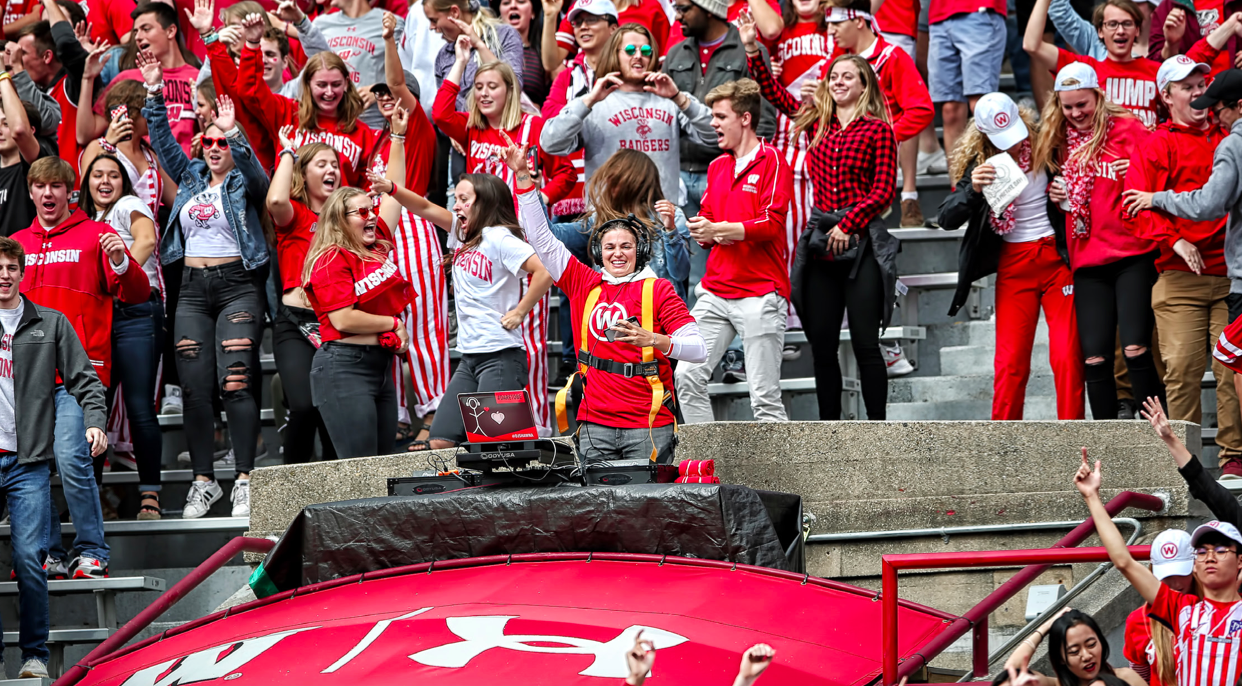Located on the campus of the University of Wisconsin, Camp Randall Stadium has been home to Wisconsin Badgers football since 1895. Not only was the stadium built on the grounds of historic Camp Randall, a Union Army training camp during the Civil War, but it also features a seating capacity of 80,321, which puts it in the ranks of some of the largest stadiums in the world.
The stadium first installed a Q-SYS system in 2013 after converting from BASIS (QSC’s original network distribution technology) but a 2019 renovation deployed the Q-SYS Ecosystem, featuring the latest Intel XEON-based Q-SYS Enterprise Cores, to expand the system into all athletic facilities across the campus.
Stadiums typically require robust and reliable network AV systems to manage audio distribution for game days, concerts and other events, along with the ability to control audio and video sources on touch panels across the complex, and this installation was no different.
Camp Randall required fully centralised audio, video and control processing throughout the stadium, but also wanted to deploy processors in some of the athletic facilities.
The AV system needed to be able to distribute gameday audio and announcements throughout the venue’s many zones, and the venue's club areas also needed simple AV control for use during games and other events.
The AV system will continue to grow with new zones and additional sources, so it was crucial that the system be software-based to best prepare for future growth.






